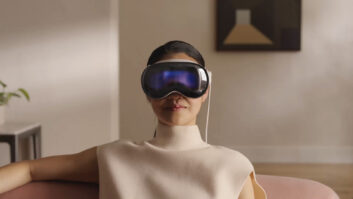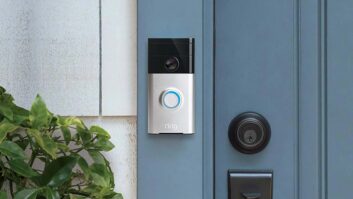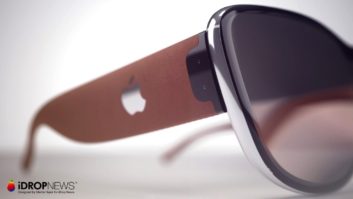Smartphone-based virtual reality headsets will account for 87 percent of 2016’s global VR-headset shipments of 13.1 million but only 23 percent of the $895 million in wholesale value, Strategy Analytics forecasts.
Unit shipments of PC- and game-console-tethered VR headsets, on the other hand, will account for only 13 percent of unit shipments but 77 percent of dollar value because of their “prohibitively” high prices, the company said.
VR headsets are still in their early developmental stages, added research company Greenlight VR, and it will take six to eight years for the U.S. market “to reach a tipping point of mass adoption.
Three brands — Oculus, HTC and Sony – will account for 2016’s worldwide unit and dollar sales of PC- and console-tethered headsets, Strategy Analytics said.
Strategy Analytics see smartphone-based VR potentially emerging as an “effective gateway” to upsell consumers to higher quality VR experiences, but high-end PC and console-based headsets will initially be limited to early-adopter enthusiasts and high-end gamers. That’s because of price and because most VR titles will initially be limited to games, the company said.
“The high price of these devices will act as a significant barrier to more widespread uptake,” said David Watkins, director of connected home devices. “The PC- and console-powered virtual reality market,” he added, “is entering the classic chicken-and-egg phase whereby the major games publishers are waiting on the sidelines until there are enough VR headsets and users in the market for it to make financial sense for them to build a VR library of content.” The wait by big-name game developers, he noted “is providing independent and niche developers the chance to make a name for themselves before the big boys arrive.”
Besides developing games, VR developers have also directed major investments into developing VR experiences for prerecorded, and eventually live, entertainment and sports programming, marketing and product retailing, and education and training applications, Strategy Analytics said. In addition, Facebook and enterprise IT suppliers see social and peer-to-peer communications “as hugely promising areas for virtual reality.”
Although the company views 2016 as a “pivotal year” for VR, it will be necessary for suppliers to manage expectations “given a dearth of available content and the technical limitations of entry-level virtual reality.”
For its part, Greenlight VR asserted that headsets are still in their early developmental stages, and it will be up to eight years before that tipping point is reached. The company forecasts that the installed base of consumer VR headsets will hit 2.3 million in 2016, rising to 5.7 million in 2017, 12.1 million in 2018, 21.5 million in 2019 and 36.9 million in 2020. In 2025, the installed base hits 135.6, Greenlight VR predicted.
The market “will be heavily driven by gaming in the near-term,” said CEO Clifton Dawson.
The San Francisco-based research company attributed the initial years of slow growth to multiple factors, one of which is that “no clear, dominant monetization model has surfaced for VR/AR content of software yet.” In addition, most independent VR software-development companies consist of small teams that are new to VR and are undercapitalized, it said. Conflicting standards and compatibility issues will also slow initial progress.
“There will be a natural sorting-out process by which various hardware configurations evolve to optimize specific vertical use cases,” the company said. The process might be “confusing and frustrating for consumers and will impede the short-term outlook.”
Moonshot needed: In addition, said senior VP Steve Marshall, “The ‘moonshot’ platform, a headset that is entirely self-sufficient and can support several modalities — VR, AR, mixed — is probably six to eight years in the future.” That product “will require significant advances across multiple, interrelated technologies.”
Added CEO Clifton Dawson, CEO of Greenlight VR: “While we forecast a slower adoption curve over the near term, we’re encouraged by the degree of progress being made by large and small companies in the space. Ultimately, we are optimistic that the industry will overcome current obstacles, which exist all along the value-chain and are structural, technical, and human in nature.”
Headset split: Of the U.S installed base in 2016, 1 million or more VR headsets will be smartphone-based, and about the same number will be PC- and game-console-based. In 2025, however, the installed base of smartphone- based headsets will be far ahead at 122 million, compared with 13.6 million PC and console headsets.













